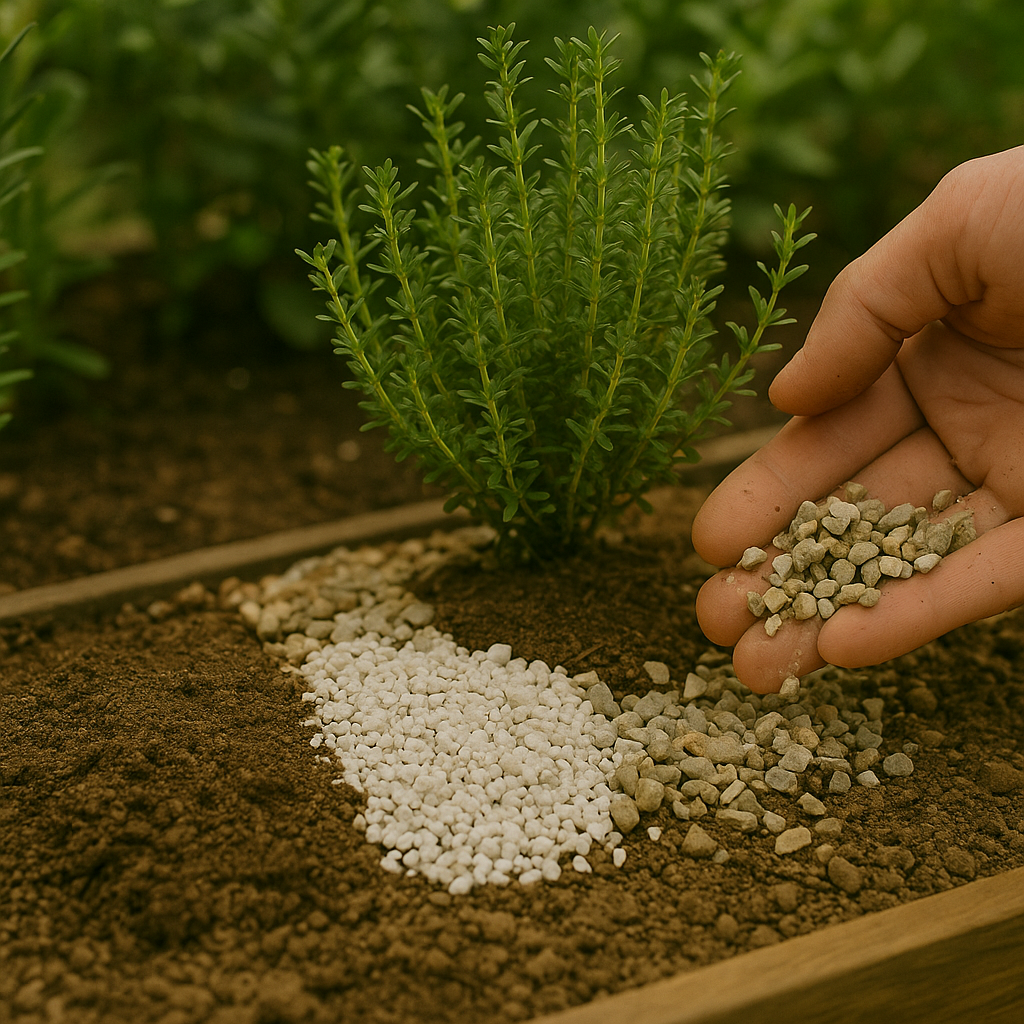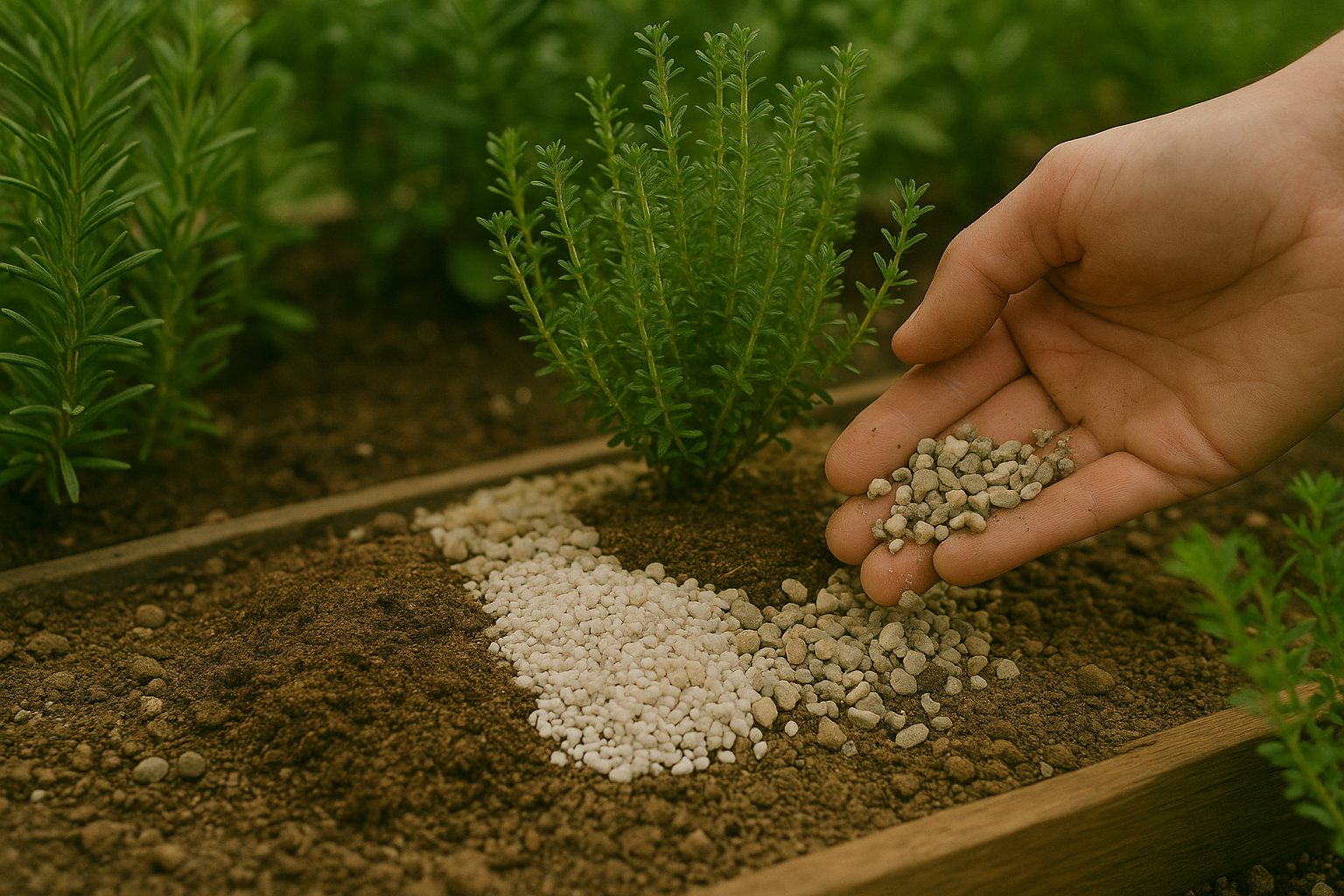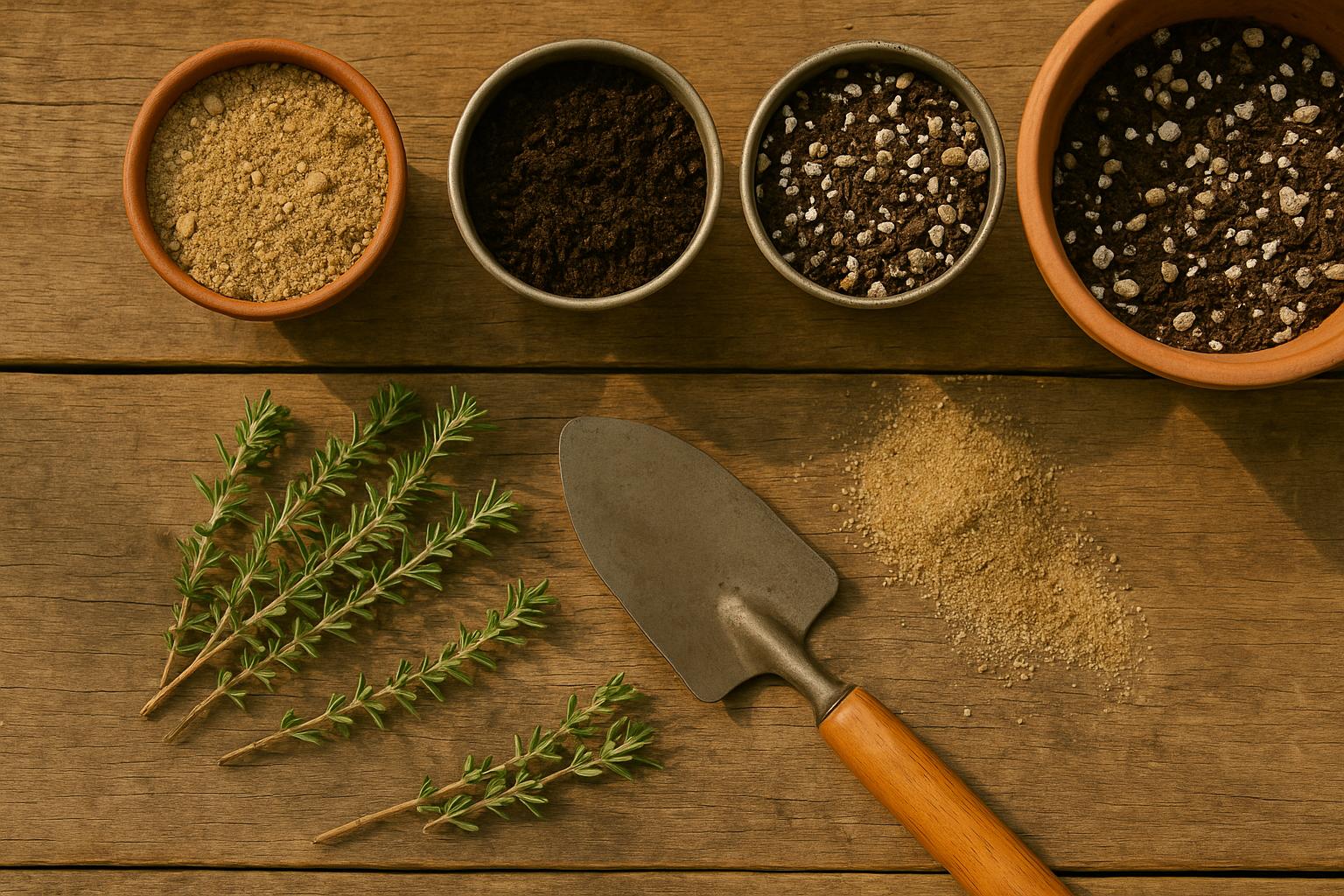Introduction
If you’re wondering about the best soil for thyme, you’re not alone. Thyme is one of the most versatile and rewarding herbs to grow, thriving in both kitchen gardens and containers on sunny windowsills. Whether you’re cultivating it indoors for year-round harvests or outside in the garden, choosing the right soil is crucial for robust, flavorful growth.
Many gardeners mistakenly use generic potting mixes, but thyme has very specific needs—a well-draining, nutrient-balanced environment that mimics its native Mediterranean habitat. In this guide, you’ll discover exactly what makes the best soil for thyme, including the optimal soil types and mixes, how to prepare your soil for new plantings, and simple care tips to maintain healthy conditions over time.
You’ll learn why sandy or gritty soils outperform dense, moisture-retaining ones and how a DIY amendment can protect against root rot and stunted growth. Whether you’re a seasoned grower or just starting a windowsill herb project, understanding these essentials will set your thyme up for success and ensure steady harvests for your kitchen.
Understanding Thyme’s Soil Preferences
Thyme (Thymus vulgaris) comes from the sun-soaked hillsides of the Mediterranean, where the soil is rocky, gritty, and drains quickly after rainfall. This natural environment has shaped thyme’s preference for well-draining, low-fertility soils—it truly thrives when its roots aren’t sitting in moisture and nutrients are just moderate.
Plant thyme in rich, moisture-retentive soils, and you’ll likely see poor growth or root rot. Too much fertility encourages soft, leggy stems and weakens the intense flavor that gives thyme its culinary punch.
Outdoors, mixing garden soil with sand or fine gravel mimics native conditions and promotes the airflow thyme’s roots need. If you’re growing thyme indoors, be mindful that pots generally hold onto water longer. Choose a potting mix labeled “cactus” or “succulent,” and add extra perlite or coarse sand to boost drainage. Using a clay or unglazed terracotta pot helps moisture evaporate more quickly, reducing waterlogged roots.
Thyme prefers a soil pH between 6.0 and 8.0, settling happily in slightly alkaline ground. Whether in the garden or on your windowsill, stick to sandy or gravelly soils—avoid peat-heavy blends that retain water. Let the soil nearly dry out between waterings, and don’t worry about feeding too much; thyme rewards you with robust, aromatic growth when not fussed over with nutrients.
In short, if you plant thyme as though you were tucking it onto a sunny Mediterranean slope, you’ll set the stage for healthy, flavorful harvests.
Choosing or Creating the Best Soil Mix

When growing thyme, whether in pots or your garden, the right soil mix makes all the difference for healthy, flavorful plants. Thyme thrives in well-draining, slightly alkaline soil that mimics the rocky hillsides of its native Mediterranean habitat.
For a homemade thyme potting mix, blend:
- 2 parts high-quality garden soil
- 1 part coarse sand or horticultural grit
- 1 part perlite
- 1 part light, mature compost
This combination ensures good drainage, prevents soggy roots, and provides gentle nutrition. Avoid peat-heavy mixes—peat holds too much moisture, which can lead to root rot and fungal problems, especially for drought-loving herbs like thyme.
Instead, look for cactus or succulent blends at garden centers; these are often suitable right out of the bag, but you can improve them further by mixing in extra perlite or sand. For indoor containers, use a pot with plenty of drainage holes and stick to the DIY or cactus mix, adding a handful of lime chips if your water is soft, as thyme appreciates a slightly higher pH.
In outdoor gardens, amend heavy clay or compacted soil by working in lots of coarse grit, sharp sand, or pea gravel to increase aeration and drainage—about one-third of the topsoil mix should consist of these amendments. A handful of bone meal in each planting hole also helps boost root development.
Real-world gardeners often find that growing thyme in raised beds or rock gardens, where soil dries quickly, delivers the best results. Remember, thyme fares better in “lean” soil, so go easy on rich composts and avoid frequent fertilization—too much nitrogen leads to leggy growth and reduced flavor.
Preparing Soil and Planting Thyme
Getting your soil ready before planting thyme sets the stage for healthy, flavorful herbs. Start by loosening the soil in your garden bed or yard with a fork or tiller to a depth of about 8 inches—this helps thyme’s roots spread easily. Next, mix in some compost or aged manure to boost nutrients.
Pay attention to drainage: thyme hates soggy roots! Sandy or gritty soils are ideal, but if your earth is clay-heavy, blend in coarse sand or small gravel to improve drainage. For container planting, pick a pot with drainage holes and cover the bottom with pebbles or broken pottery shards for extra assurance. Fill the rest with a mix of potting soil and coarse sand—aim for a loose, crumbly texture.
Plant thyme at the same depth it grew in its nursery pot, and avoid burying the stem. Outside, select a sunny, south-facing spot and avoid low or boggy areas. Enrich the site with compost and, if your drainage isn’t great, mound up the soil into a raised row or small hill; this way, excess water runs off, keeping thyme happy and healthy.
When in doubt, stick your finger in the soil after a good rain or watering—if it’s wet longer than a day, drainage needs work. These steps ensure your thyme will thrive whether you’re tending a patio pot or a full herb garden.
Maintaining Healthy Soil for Thyme

To keep your thyme thriving, water just enough to let the soil dry slightly between waterings—consistently soggy soil leads to root rot, a common thyme killer. Always check the top inch of soil before watering; if it’s still damp, wait a day or two.
When it comes to soil, thyme needs good drainage above all else. Each growing season, re-amend your planting area by gently working in a handful of coarse sand or horticultural grit around the base of the plants. This helps increase drainage and keeps roots from sitting in moisture.
Mulching around thyme can help control weeds, but avoid water-retentive materials like thick bark or compost. Instead, choose light gravel mulch and place it just around—not on top of—the stems to allow fast drying after rain.
Watch for warning signs of poor soil health: yellowing leaves, lackluster growth, persistent wilting, or even a musty smell indicate it’s time to act. If you notice these, carefully lift the plant and inspect the roots for browning or rot, then replace old soil with a free-draining blend and trim away any damaged roots.
With these straightforward steps, you’ll maintain the dry, airy conditions thyme loves and enjoy a steady harvest of fragrant, healthy sprigs.
Common Soil Problems and Solutions
Thyme, like many herbs, thrives in well-aerated, free-draining soil, so issues like soil compaction and poor drainage often frustrate growers. Compacted soil suffocates thyme roots, leading to weak or stunted plants. To loosen compacted ground, gently aerate with a fork and mix in sand or perlite for better airflow.
If drainage is poor—often signaled by soggy soil or yellowing leaves—plant thyme in raised beds or pots with drainage holes, using a gritty mix. Avoid traditional garden soil in containers.
Too much fertilizer is another common pitfall; thyme prefers lean soil, and excess nutrients can reduce aromatic oils. Fertilize sparingly with a half-strength, balanced feed no more than once a month during active growth.
Soil pests like fungus gnats favor damp conditions, so let the soil surface dry out before watering and switch to bottom watering if infestations persist.
Over-watering is a top concern, especially indoors—water only when the top inch of soil is dry and always empty saucers beneath pots.
In rainy climates or for chronically waterlogged soils, consider repotting with fresh, coarse potting mix, and inspect roots for rot. Trim affected parts before replanting.
If despite amendments your thyme remains limp, wilts, or develops an off smell, it’s usually time to replace all soil or repot your plant entirely.
For ongoing prevention:
- Ensure containers are never left standing in water.
- Mulch lightly with fine gravel.
- Routinely check for proper drainage after watering both indoors and outdoors.
Conclusion & Quick Soil Tips
Growing vibrant thyme starts with prioritizing excellent drainage—this herb dislikes soggy roots, so aim for soil that dries out quickly after watering. Thyme thrives in low-fertility conditions, so avoid rich composts or heavy fertilizing. Sandy or gritty soil textures are ideal, letting water flow through with ease while providing thyme the light, airy foundation it loves. Whether you’re planting in pots or garden beds, focus on mimicking thyme’s Mediterranean origins for robust, aromatic growth.
To help you succeed, keep these quick tips in mind:
- Mix in sand or perlite to boost drainage.
- Skip nutrient-rich fertilizers—thyme prefers lean soil.
- Allow soil to dry between waterings.
- Choose unglazed clay pots to encourage evaporation and prevent wetness.
Don’t be afraid to experiment with different soil blends—the best mix for your garden might surprise you. Keep an eye on your thyme’s color and growth, adjusting as needed for thriving plants.
